Kuwait City, Kuwait
As its name suggests, Kuwait City is the capital of the small nation of Kuwait. This country went through an incredible process of economic growth ever since the 1930s when oil was discovered underneath the desert, which has been since then the key resource of its economy. Here’s an interesting fact: the Kuwaiti Dinar is the highest valued currency in the world; one Dinar is equal to 3.29 USD!
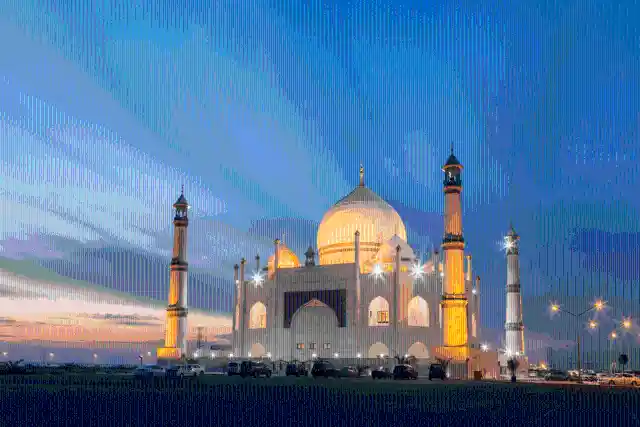
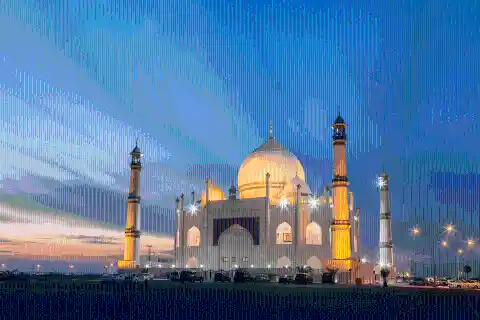
But another interesting fact about Kuwait City is that it’s the hottest capital in the world. The hotter months (May to September) have an average of over 35°C, and the temperatures can reach 50°C. The coldest month of the year, which is January, is not even so cold since the average temperature is around 20°C. So if you were planning on moving to Kuwait because of its modern architecture, then please, think twice!
Greenland
Greenland is actually one of the biggest islands in the world. It is located right next to the Arctic, which explains the fact that 80% of its landmass is covered by ice and glaciers. Here’s a paradox: even though it’s one of the most inhospitable islands on Earth, its name literally translates to “Land of People.” What were they thinking when they came up with that name?
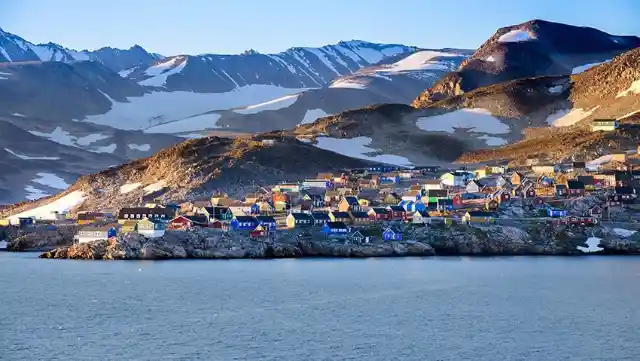
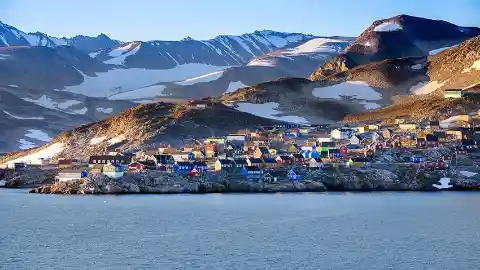
The country’s rocky and mountainous coastline is covered by an ice sheet that can sometimes be up to 3 kilometers thick. In fact, this ice sheet is what keeps the country’s population near the coastline. During the warmest summer months, the temperatures never exceed 10° Celcius, so as you can see, there’s no chance of the ice sheet melting!
Bangui, Central African Republic
Bangui is the capital city of the African country the Central African Republic and has an estimated population of 805,000\. This city lies on the Bangui Magnetic Anomaly, which is one of the planet’s biggest irregularities. But what makes life so difficult in Bangui?
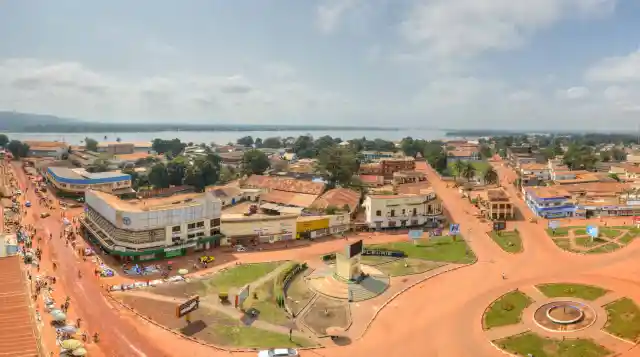

To begin with, those neighborhoods located in the lowest areas of the city are under the constant threat of floods, due to the fact that the city is located on the banks of the dangerous Oubangui River (which can be spotted in the picture above). Apart from this, the Central African Republic is one of the poorest countries in the world, and it has been facing a process of political unrest and constant military coups during the past decades. Due to all of these factors, Bangui is not the place you wanna go.
Kiribati
So here’s a country that most of you probably aren’t familiar with! Kiribati is a country located in the Pacific Ocean, and it is actually made up of 33 atolls and reef islands, although only 21 of them are inhabited. Like most countries that belong to the continent of Oceania, Kiribati has amazing beaches and incredible hotels. But why has it been included in this list?
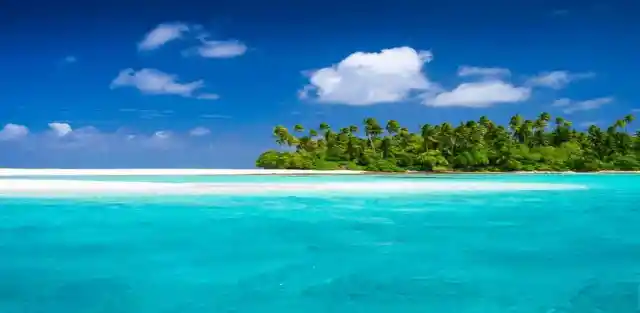

Kiribati, as well as the near countries of Vanuatu and Maldives, are facing the terrible effects of global warming and climate change. The problem is that the country’s atolls and islands rise just a few feet above sea level, while on the other hand, the sea level continues to rise a few millimeters each year as a result of global warming. According to many scientists, the sea level will rise over half a meter during the next century, in which case a vast proportion of Kiribati’s islands would be submerged underwater.
Changtang Region, Tibet
If you glance at the breathtaking mountains in the picture below, I’m pretty sure you’ll soon be looking for plane ticket prices to Tibet. In fact, the Changtang Region harbors some of Asia’s greatest hiking destinations. But one thing is to travel to Changtang for a couple of days, and a completely different thing is to settle down and live there.
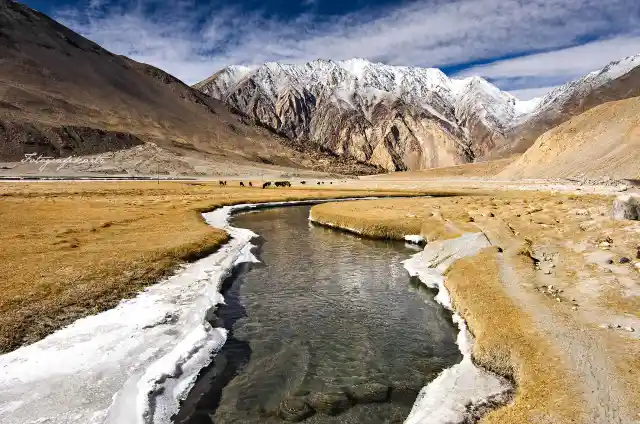

This area has extremely short summers and long winters with arctic winds, and it’s also one of the places that receive the greatest amount of hail per year. Despite this, half a million people, known as the Changpa, inhabit the region. Most of the Changpa are still nomads since they follow the traditional migration routes of their ancestors in their quest for grass for their livestock. Thus, they often live in tents and simple shelters made out of stone.
Conakry, Guinea
And we’re back in Africa! Conakry is the capital city of Guinea, and it has a population of nearly 2 million. The tough climatic conditions are the main reason why this city appears on our list. The thing is the heavy rainfalls that take place between May and October sometimes provoke terrible floods. If you take into account that the city has very poor infrastructure, you can imagine that the consequences of the floods are quite terrible, making living conditions extremely harsh.

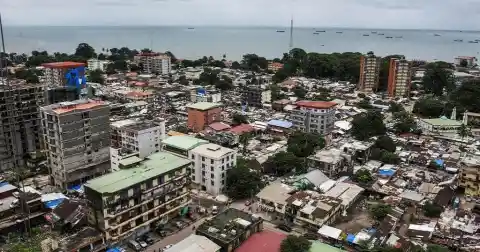
But this is not the only problem of living in Conakry. During the past year, the city has been experiencing a fierce drought during the dry season. This, in turn, has deteriorated the city’s water system, and it has also triggered massive power shortages. For instance, as a result of the power shortages, traffic lights are turned off during nighttime, which makes traveling through the city more dangerous. Let’s hope the climate gets better, and soon!
Motuo, Tibet
Motuo, also known as Medog, is a county located in Tibet, which once again appears in our list. This isolated county has breathtaking views, including mountains, forests, and rice terraces that are definitely worth the visit. Moreover, the few villages that are located in the county have plenty of fresh fruit when the weather is good. However, life in Motuo can be quite tough.

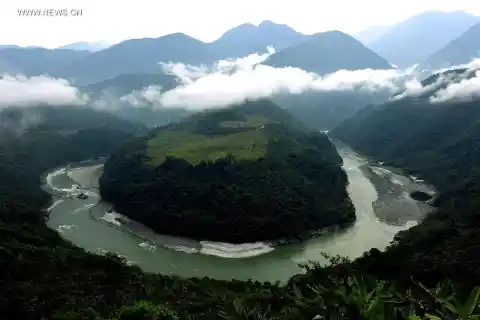
The main problem is that there are no nearby cities. And this can be a major problem if we take into account that the county’s villages have no access to preserved foods when the crops don’t prosper. Besides, there are no hospitals nor any access to medical treatments, thus making living conditions quite harsh. As you can see, living amid these beautiful mountains has a price.
Mozambique
Mozambique is a fascinating country located in Southeast Africa. Even though many people don’t know this, Mozambique is home to some of the world’s most amazing beaches, and it is also famous for the beautiful, remote and historical island of Isla de Mozambique. However, living conditions have become harsher and harsher during the past years.
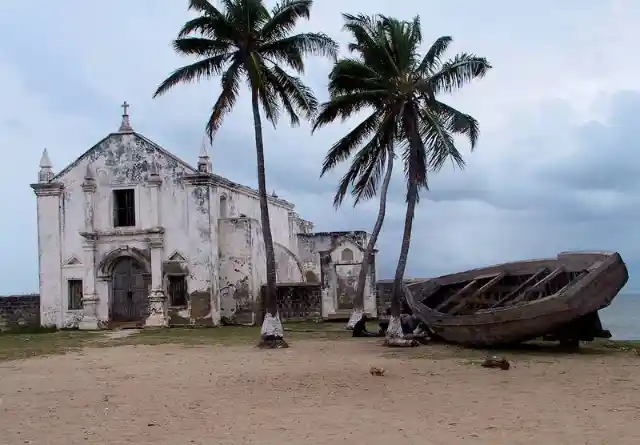
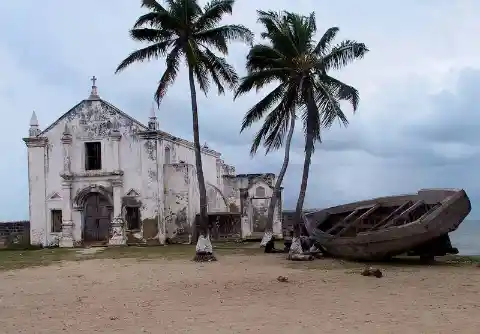
Just like the case of Guinea and the Central African Republic, Mozambique has experienced droughts and severe weather during the past few years. According to scientists, the high temperatures and scarce rainfall are a result of global warming and will only get worse unless there’s a worldwide commitment to tackle this issue. In the case of Mozambique, the rapid growth of its population is making the issue of water shortage a lot worse.
Siberia
I’m pretty sure most of you knew that Siberia is found in Russia. But did you know that it takes up 75% of the country’s territory and nearly 10% of the Earth’s surface? Despite its size, it is also one of the least populated areas in the whole world, with only seven inhabitants per square mile. Here’s another fun fact: Siberia has the world record for having the coldest city on Earth. We’re talking about the city of Yakutsk, which has an average annual temperature of -8 degrees Celsius, and during winter, the temperatures reach -65 degrees.
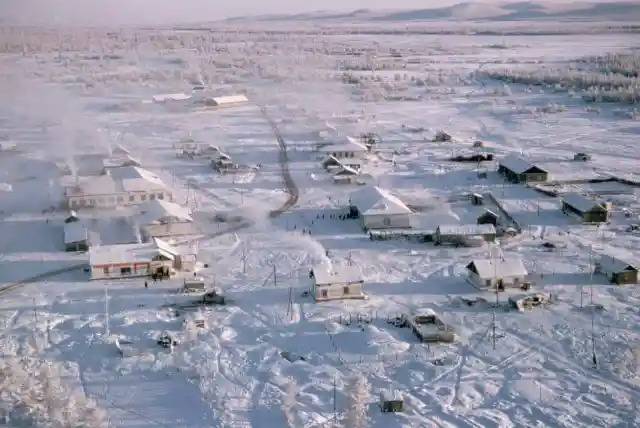
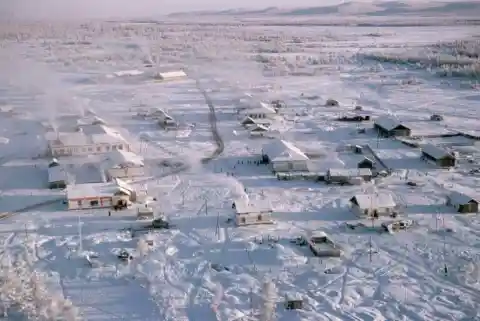
Even though this region has been inhabited for over 125,000 years, its population has largely increased throughout the 20th Century, mainly as a result of the discovery of oil, gas, and minerals. So Siberia’s invaluable natural resources explain why so many people are willing to put up with its harsh climate.
The Outback, Australia
Just as Siberia covers most of Russia, The Outback covers most of Australia. But The Outback doesn’t have a specific size, nor is it a specific location; it is just a term that is used to designate the sparsely populated regions of the country. In fact, most of the population is concentrated in the coastal cities, while the deserts spread in the center of the island are mostly uninhabited. But why is that so?
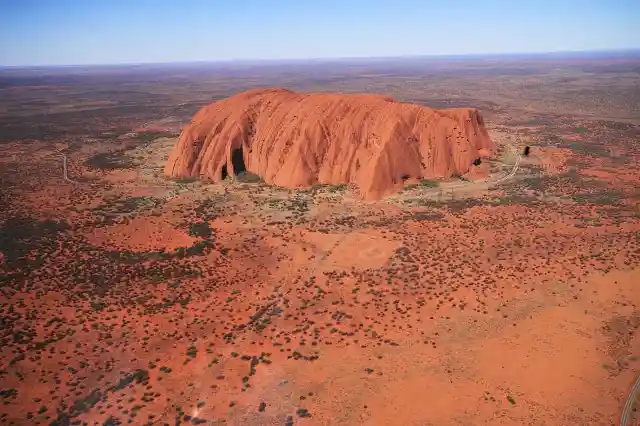
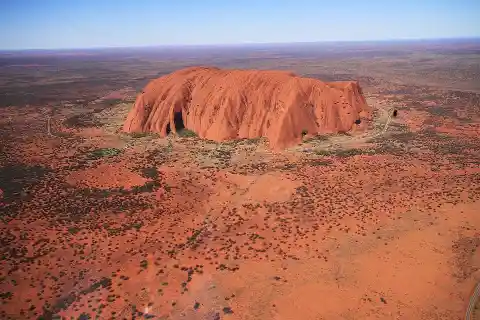
To begin with, The Outback has extremely arid weather, which can be quite unbearable during summer. In fact, due to the fierce sun, temperatures from January to March can reach 50 degrees Celsius. But unlike other deserts in the world, this area receives quite a bit of rainfall. In fact, when it rains, it pours, the reason for which The Outback experiences floods from time to time. Now Siberia doesn’t sound so bad, huh?
Chad
Chad is a landlocked country located in North-central Africa, in the region known as the Sahel. The country is named after Lake Chad, which is the country’s largest and most important body of water. In fact, it is the primary water source of all Central Africa. But just like in Mozambique, the effects of climate change and global warming are making the country’s living conditions harsher and harsher.


During the last decade, the waters of Lake Chad have progressively started to dry up, causing severe drought and famine throughout the nation. As you can imagine, not only has this triggered a shortage of water, but also the death of thousands of trees and plenty of vegetation. In order to tackle this last problem, thousands of drought-resistant trees are being planted around the lake with the support of the UN.
Minqin, China
Minqin is a small county located in the northwest of the People’s Republic of China. In recent years, it has been the victim of an odd geological phenomenon: it is being swallowed by the desert. Even though this sounds like pure science-fiction, desert sands are slowly covering all of the farmlands and towns found in the county.
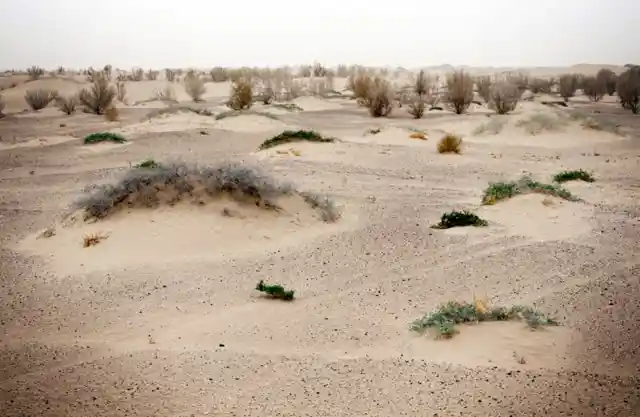
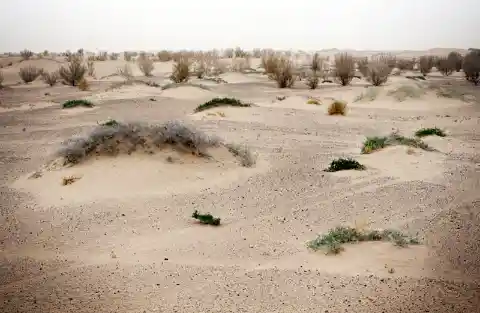
As a result, hundreds of villagers are being resettled to nearby towns because most areas of Minqin are no longer inhabitable. The Chinese government has designated Minqin as an “ecological disaster area, “and the people who are being relocated to other towns are considered “eco-refugees.” Currently, Minqin is left with only 60 miles of fertile land, and on top of this, it is suffering a huge water shortage because the nearby Shiyang river is drying up. Talk about bad luck!
Dallol, Ethiopia
We’ve already learned that Kuwait City is the hottest capital city in the world. But what is the hottest inhabited place in the world? Apparently, the place with the highest annual average temperature is Dallol, Ethiopia. This region has an average temperature of 35°C. The lowest temperature recorded in history has been 21°C!
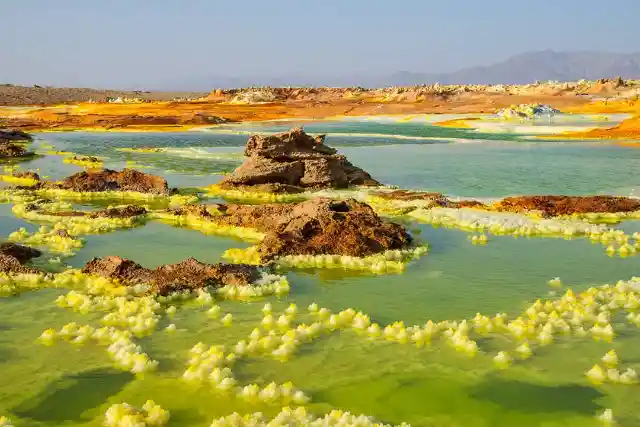
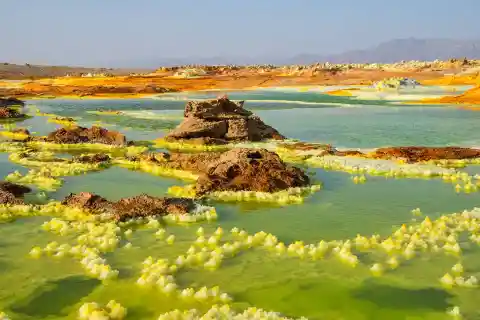
The Dallol hydrothermal field is located in a remote part of the northern Danakil Desert. This odd site is known for being the world’s lowest volcanic area in the world, and as you can see in the picture above, it is also home to some of the world’s most unique landscapes. Surprisingly, a small group of people belonging to one of the Afar tribe still inhabit the Dallol region.
Rub’ Al Khali, Saudi Arabia
The Rub’ Al Khali, also known as the Empty Quarter, is the world’s largest contiguous sand desert. Believe it or not, the Empty Quarter covers 650,000 square kilometers of sand. Logically, it is one of the driest places on Earth. As a matter of fact, it is also worth mentioning that Saudi Arabia is the only country in the world that doesn’t have any rivers.
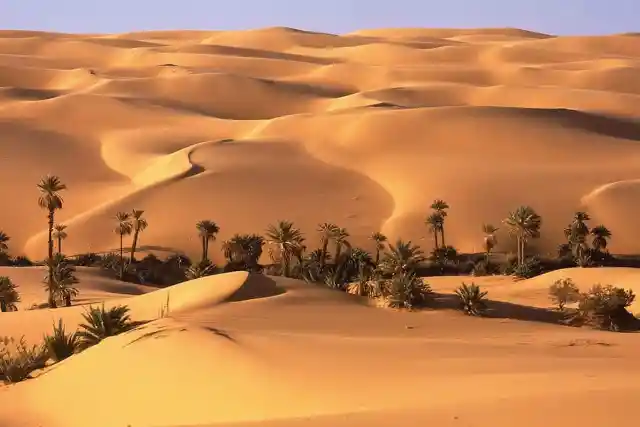

It’s needless to say that this sand desert is quite inhospitable, as the name “Empty Quarter” suggests. But it turns out that the Empty Quarter is not completely empty since several local nomadic tribes live in the desert. Some examples are the Al Murrah (which comprises 15,000 people), Banu Yam, and Banu Hamdan.
Cherrapunji, India
Throughout this list, we have seen several places where the lack of water makes living conditions extremely harsh. But have you ever thought about the opposite case? What about those places where the climate is excessively wet? Well, it happens to be that Cherrapunji, located in northern India, is the wettest place on Earth.
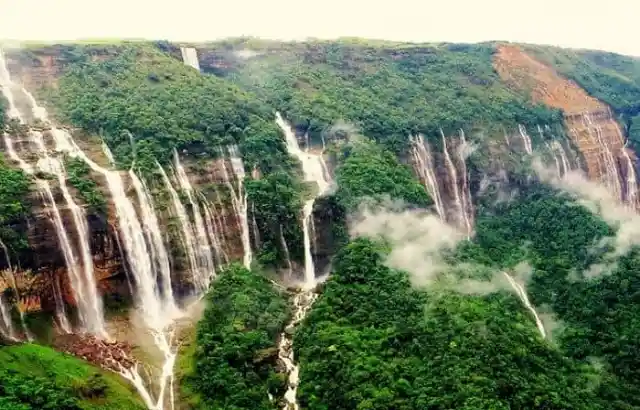
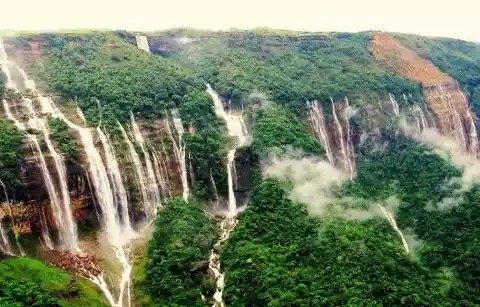
During the wet season, the moisture in the air increases, thus causing abundant rainfall, which can measure up to 1,000 inches each year. But to those of you who aren’t geography experts, I’m guessing that these statistics don’t help you picture exactly how much rain we’re talking about. So let’s put it this way: it rains around 330 days per year. So if you ever go hiking in this town’s stunning mountains, please don’t forget to take your umbrella!
Muli, Faroe Islands
The tiny town of Muli is located on the Faroe Islands. But let’s start with some facts about the Faroe Islands, which is one of the least known countries in the world. This country is so remote that there are more sheep than people living on its islands (50,000 people versus 70,000 sheep). The islands are so small that no point is further than 5 kilometers from the sea. The houses are usually made out of wood or stone, and some of them have grass roofs! Can you even picture that?
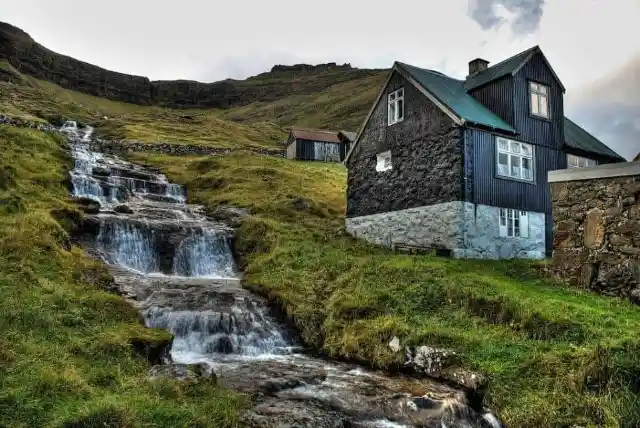
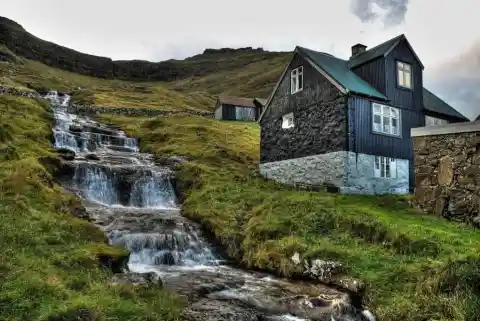
Muli is one of the few towns in the country, and as well as the rest of the nearby villages, it experiences rough and extremely unpredictable weather. In fact, torrential rains, fierce windstorms, and heavy snow can occur all throughout the year. On top of this, there is quite a lot of fog the whole year. Finally, the landscape is quite bleak, and there is very scarce vegetation. So even though the place in the picture looks charming, you should think twice before moving to Muli!
Aomori City, Japan
Aomori City is located in the Tohoku Region of Japan and has an estimated population of 287,000\. But if so many people live there, what is it that makes it so inhospitable? Well, it happens to be known as the snowiest city on the planet. Each year, Aomori City experiences an average snowfall of 312 inches, mainly from November to April.
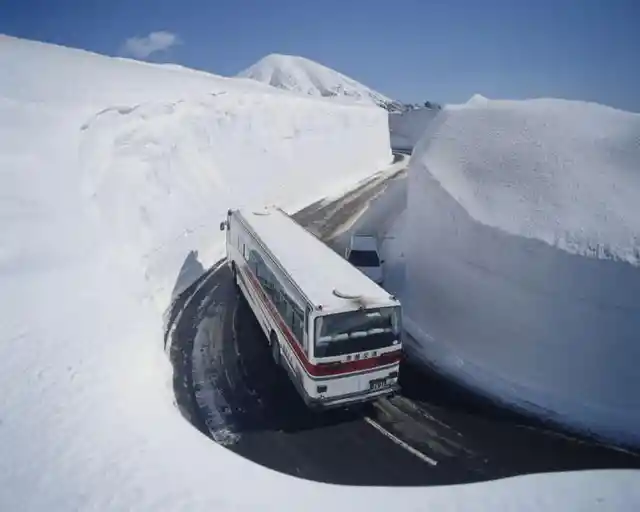

Aomori City’s heavy snowfall is the result of its unique geographical location between the famous Hakkōda Mountains and the shores of Mutsu Bay. If you’re wondering how a winter day looks like, take a peek at the picture above. As you can see, during winter, the city is so deeply covered that the piles of snow stand several meters above the roads.
Atacama Desert, Chile
Chile is a long yet narrow country located in South America. Home to the Andes mountain range, it is one of the most mountainous countries in the world. But there’s another amazing fact about Chile: it is home to the Atacama Desert, which is nothing less than the driest place on earth. Even though the Atacama has gorgeous landscapes, like the one shown in the picture below, it is far from hospitable.
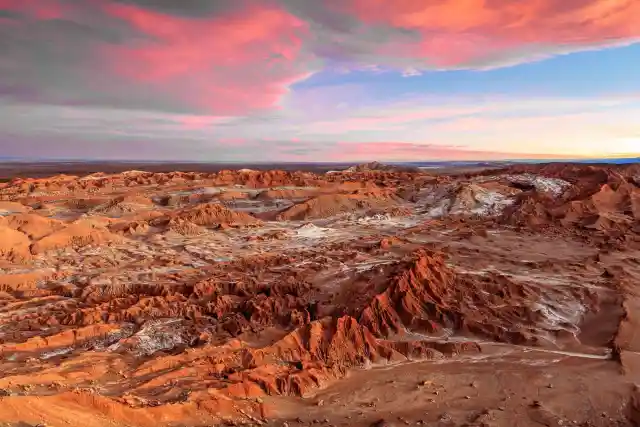
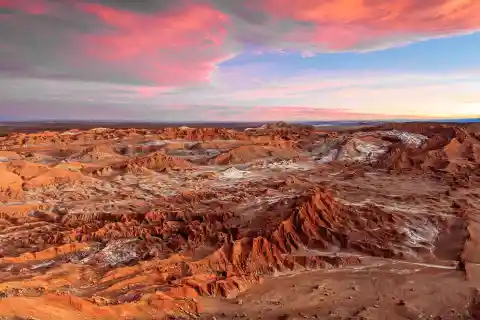
Can you guess how much it rains in the Atacama Desert? A maximum of one day per year! It sounds like a joke, but indeed it receives an average of 1 millimeter of rainfall each year. In the center of the desert, periods of up to four years have been registered without any rainfall, while evidence suggests that the Atacama may not have had any significant rainfall between 1570 and 1971. So if you ever move to Chile, maybe try to avoid the nearby towns of Calama and Antofagasta.
The Sahara Desert
The Sahara is the world’s largest desert, covering an area of 9,400,000 square kilometers. It is located in North Africa, and it is also home to one of the harshest climates in the entire world. As a matter of fact, it is also the world’s hottest desert, reaching average temperatures of 45°C during the summer months. Did you know that the hottest temperature in history was recorded in a town located in the Sahara? We’re talking about Al Azizia, Libya, where 90 years ago the temperature rocketed to 58°C!


Despite these harsh conditions, up to this day, some nomadic tribes like the Tuareg manage to survive in the Sahara desert. These tribes live under the same conditions as they did 2,000 years ago: they survive by trading and hunting, and they constantly migrate in the search for vegetation to raise their livestock. The places where they live are mostly covered by sand, and some of the desert’s sand dunes reach over 180 meters in height.
Antarctica
It is pretty obvious that Antarctica is one of the most inhospitable places on Earth. During the winter months, the temperatures can reach -70°C, and during the summer months, temperatures in the coastal areas barely surpass 0°C. In fact, Antarctica holds the world record for the lowest temperature recorded in history: in 1983, a temperature of -89.2°C was recorded in the Soviet Vostok Station
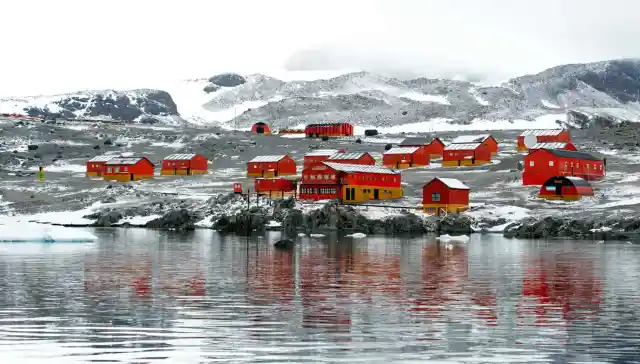
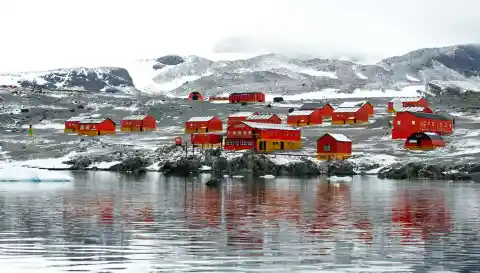
But despite the freezing climate, around 4,000 people live in Antarctica during the summer months, although most of them are scientists, researchers, and military personnel. In fact, there are two permanent towns in the continent: Villa Las Estrellas, which belongs to Chile and has 80 permanent residents; and Base Esperanza (shown in the picture above), which belongs to Argentina and has 55 permanent residents. Believe it or not, both towns have a school, a gym, medical facilities, and a recreational center.
Pripyat, Ukraine
Pripyat was officially declared a city in 1979, and back then, it had a population of roughly 50,000 people. But in 1986, this city witnessed the Chernobyl Nuclear Power Plant disaster, which is considered to be the worst nuclear disaster in history. The accident forced the evacuation of the entire city, and due to the alarmingly high levels of radiation, the city of Pripyat still remains practically uninhabited.

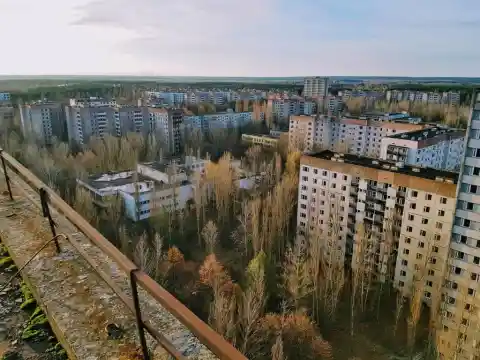
Soon after the disaster, the Soviet Army established the so-called Chernobyl Exclusion Zone, which is an officially designated exclusion zone that surrounds the site of the Chernobyl nuclear reactor and covers an area of nearly 30 square kilometers. However, this Exclusion Zone is home to 197 residents known as _samosely._ These people have chosen to return to their home towns despite the radiation threat, and they are spread throughout 11 villages.